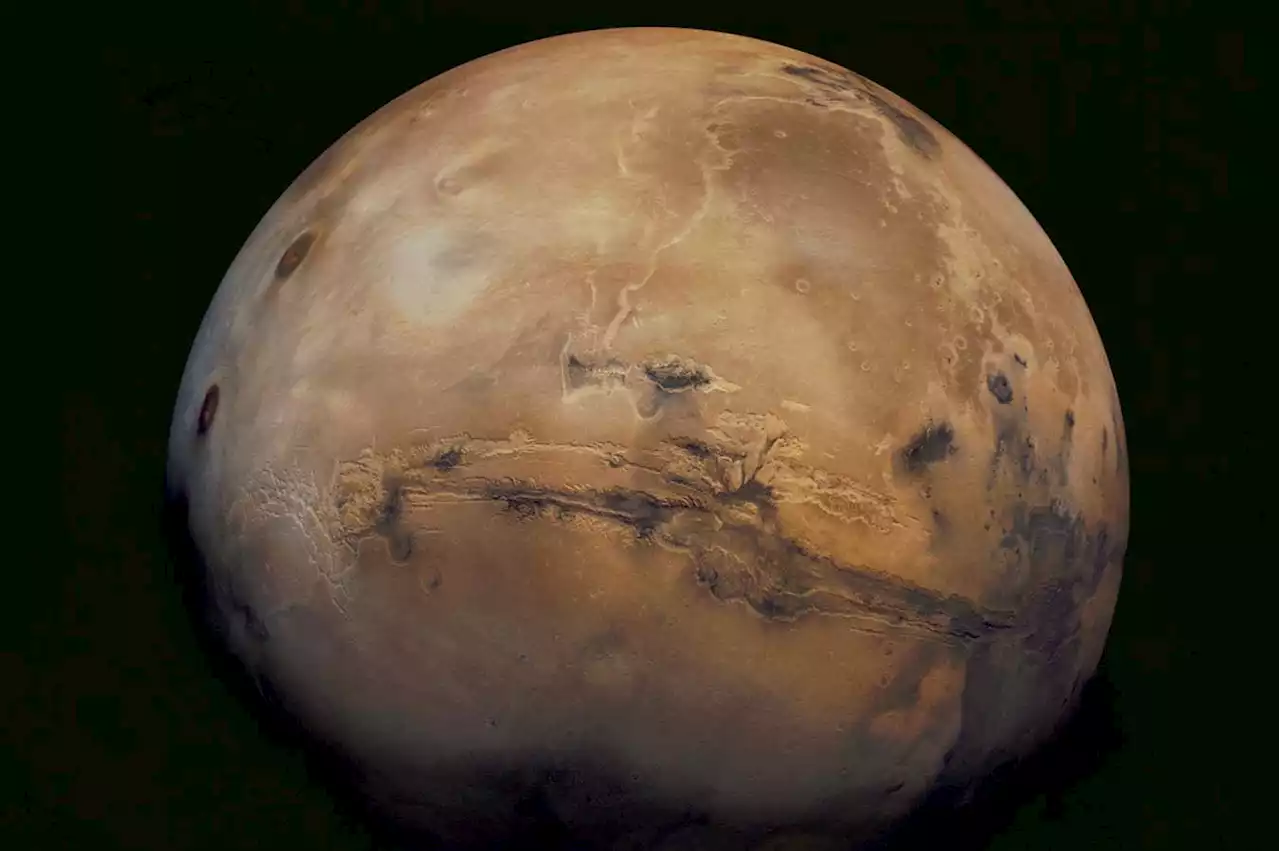The Curiosity rover has discovered hexagonal patterns in ancient mud on the Red Planet, which hints at cyclical wet and dry periods and boosts chances Mars once hosted life
Ancient Mars had seasonal weather similar to Earth’s, with alternating wet and dry seasons, according to mud patterns discovered by NASA’s Curiosity rover. These seasonal cycles may have helped form some of the more complex building blocks for life, such as RNA and basic proteins.in the form of lakes and rivers, but it was unclear whether these came from one-off events, such as meteor impacts or volcanic eruptions melting ice, or whether they were tied to a more global weather cycle.
and minerals. Some of this material would have been washed away, but a more resilient mix of mud and rock would have remained, forming the ridges. “Only a seasonal climate – something with high frequency, geologically speaking – can produce those cracks in the mud that got fossilised,” says Rapin.Voyage across the galaxy and beyond with our space newsletter every month.
These rock formations appear to be about 3.6 billion years old. This is around the time we know that life first emerged on Earth, which means there should have been enough time for life to have emerged on Mars, too.
Malaysia Latest News, Malaysia Headlines
Similar News:You can also read news stories similar to this one that we have collected from other news sources.
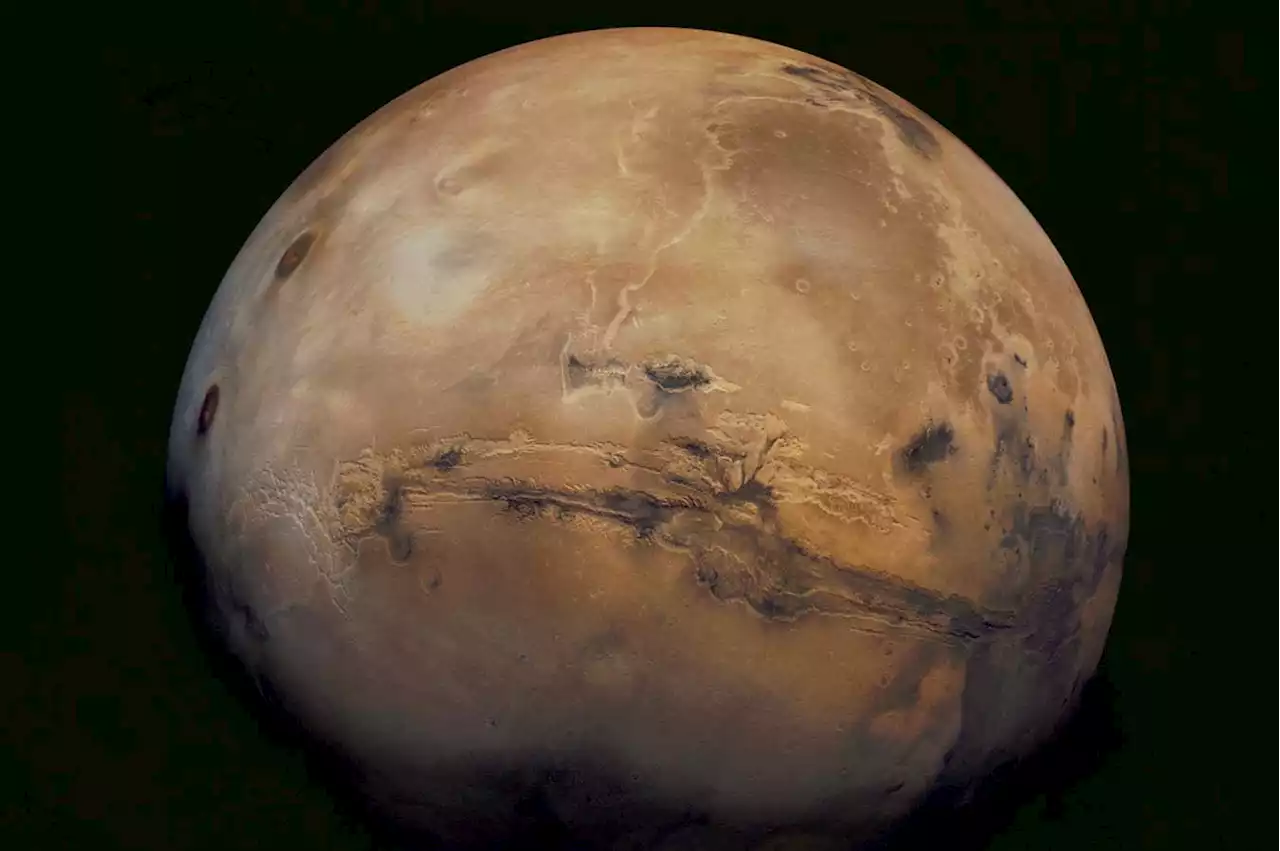 Mars Had Wet and Dry Seasons Similar to Earth, Curiosity Rover FindsNASA's Curiosity rover has discovered hexagonal patterns in ancient mud on Mars, suggesting cyclical wet and dry periods similar to Earth's seasons. These seasonal cycles may have played a role in the formation of complex building blocks for life on Mars.
Mars Had Wet and Dry Seasons Similar to Earth, Curiosity Rover FindsNASA's Curiosity rover has discovered hexagonal patterns in ancient mud on Mars, suggesting cyclical wet and dry periods similar to Earth's seasons. These seasonal cycles may have played a role in the formation of complex building blocks for life on Mars.
Read more »
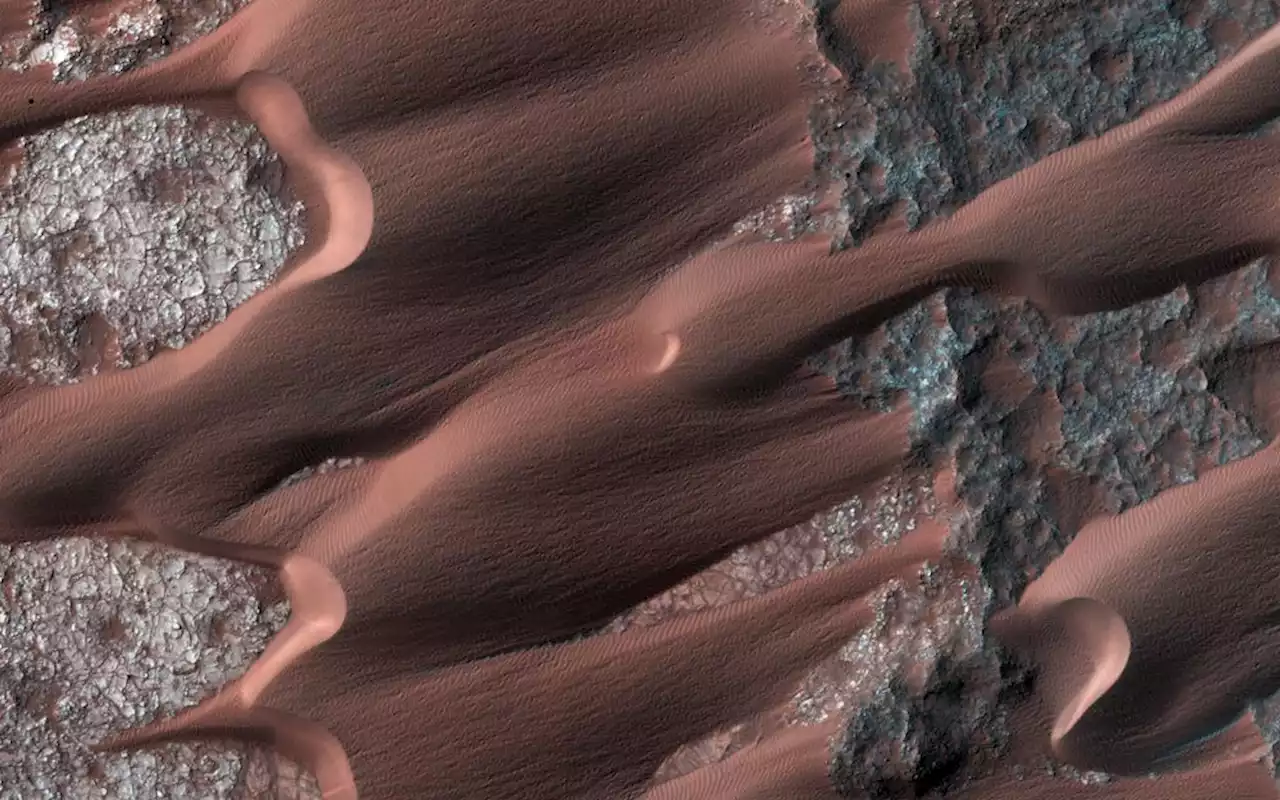 Interpreting Dune Patterns: Insights from Earth and MarsA recent study published in the journal Geology attempts to interpret the patterns of dunes, which are sand mounds frequently formed by aeolian (wind) processes and range in size from small ripples observed on beaches to massive structures observed in the desert. Specifically, the researchers focused on patterns of dune crestlines, which are the top … Continue reading 'Interpreting Dune Patterns: Insights from Earth and Mars'
Interpreting Dune Patterns: Insights from Earth and MarsA recent study published in the journal Geology attempts to interpret the patterns of dunes, which are sand mounds frequently formed by aeolian (wind) processes and range in size from small ripples observed on beaches to massive structures observed in the desert. Specifically, the researchers focused on patterns of dune crestlines, which are the top … Continue reading 'Interpreting Dune Patterns: Insights from Earth and Mars'
Read more »
 Curiosity Overcomes 23-Degree Slope to Reach Crater FieldThe Mars Curiosity rover successfully navigated a challenging 23-degree slope to explore a fascinating field of craters in the Jau region on Mount Sharp.
Curiosity Overcomes 23-Degree Slope to Reach Crater FieldThe Mars Curiosity rover successfully navigated a challenging 23-degree slope to explore a fascinating field of craters in the Jau region on Mount Sharp.
Read more »
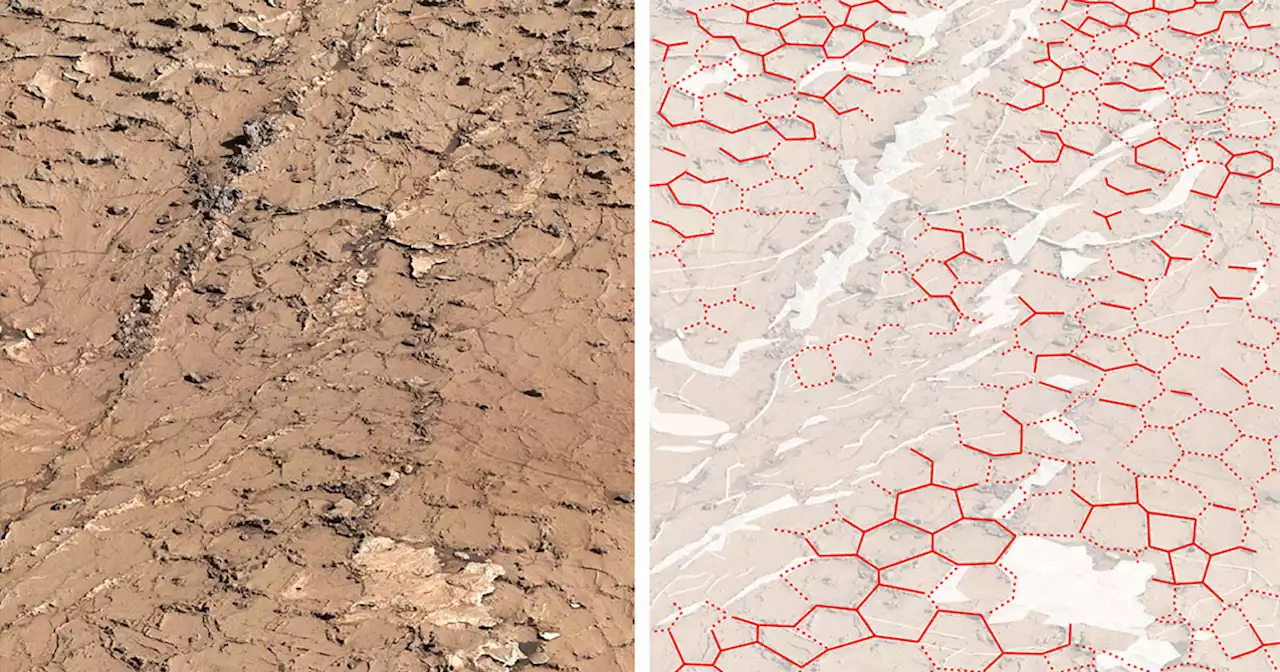 Scientists Intrigued by Hexagonal Pattern on Surface of MarsNASA's Curiosity Mars rover has come across a fascinating hexagonal pattern in salt deposits that looks eerily familiar.
Scientists Intrigued by Hexagonal Pattern on Surface of MarsNASA's Curiosity Mars rover has come across a fascinating hexagonal pattern in salt deposits that looks eerily familiar.
Read more »
 Mars helicopter Ingenuity captures Perseverance rover during 54th flightNASA's Ingenuity Mars helicopter took a photo of the Perseverance rover during its 54th flight on August 3, 2023. Unlike previous flights, this one was not for scouting purposes and lasted only 24 seconds, reaching a maximum altitude of 16 feet without covering any ground laterally.
Mars helicopter Ingenuity captures Perseverance rover during 54th flightNASA's Ingenuity Mars helicopter took a photo of the Perseverance rover during its 54th flight on August 3, 2023. Unlike previous flights, this one was not for scouting purposes and lasted only 24 seconds, reaching a maximum altitude of 16 feet without covering any ground laterally.
Read more »
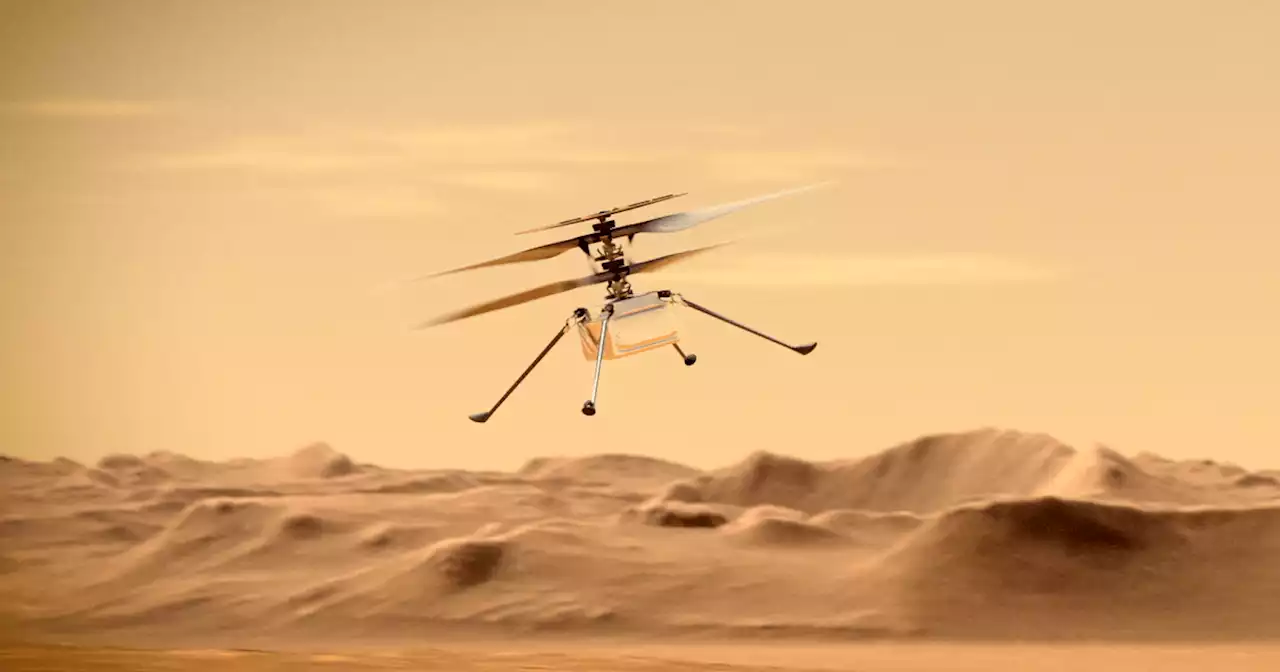 NASA’s Mars Helicopter Captures Image of Perseverance RoverNASA’s Mars helicopter, Ingenuity, captured an aerial image of the Perseverance rover during its latest flight at the end of last week. The aircraft and rover arrived together on the red planet in February 2021, and since then both have been operating inside the Jezero Crater, a dried-up lake that scientists believe could contain evidence of ancient life.
NASA’s Mars Helicopter Captures Image of Perseverance RoverNASA’s Mars helicopter, Ingenuity, captured an aerial image of the Perseverance rover during its latest flight at the end of last week. The aircraft and rover arrived together on the red planet in February 2021, and since then both have been operating inside the Jezero Crater, a dried-up lake that scientists believe could contain evidence of ancient life.
Read more »
